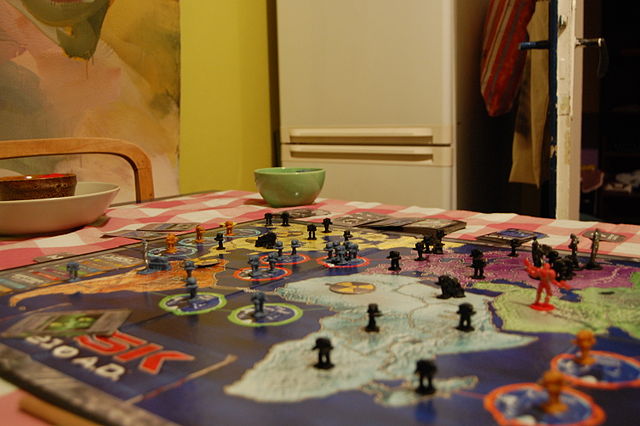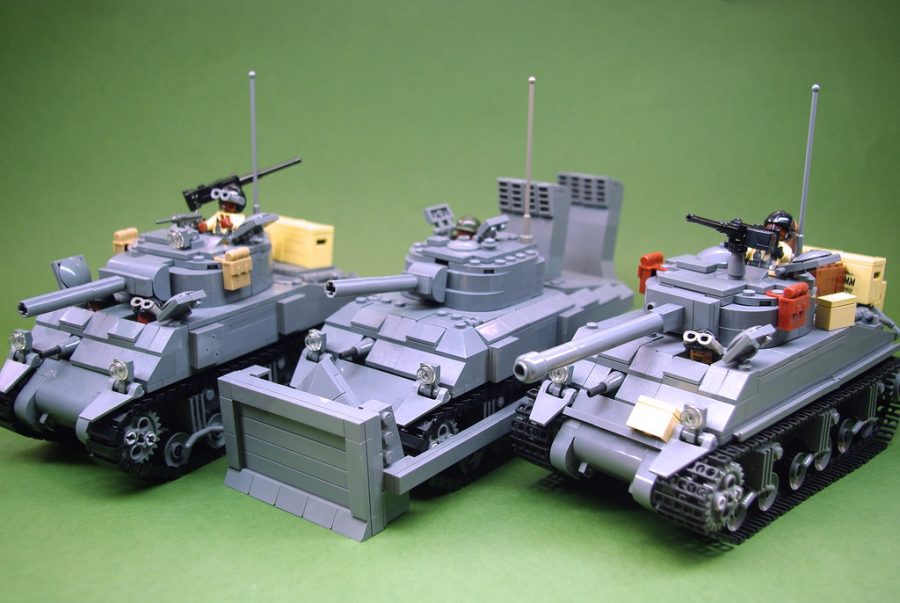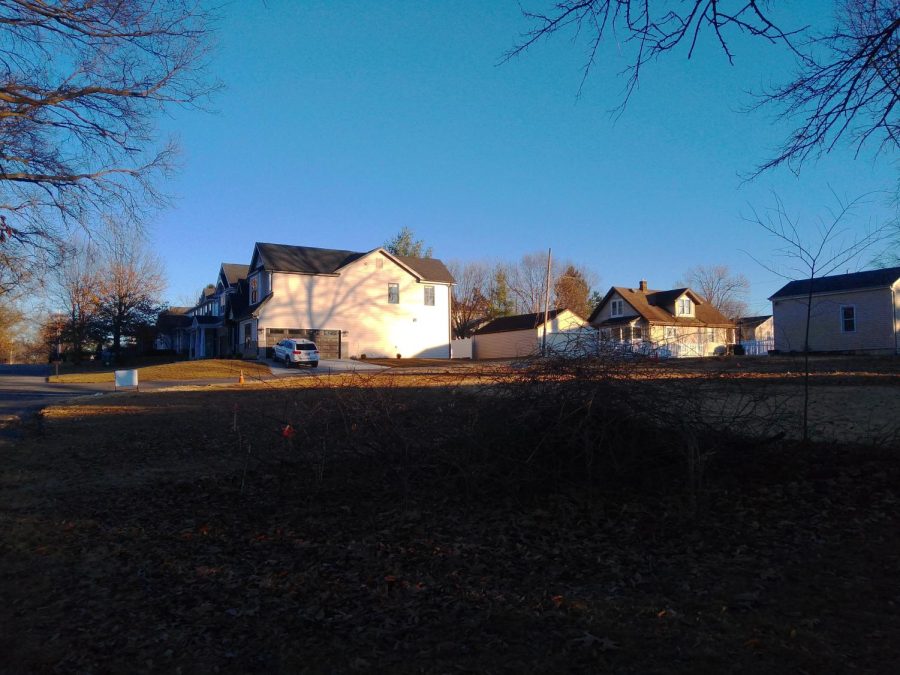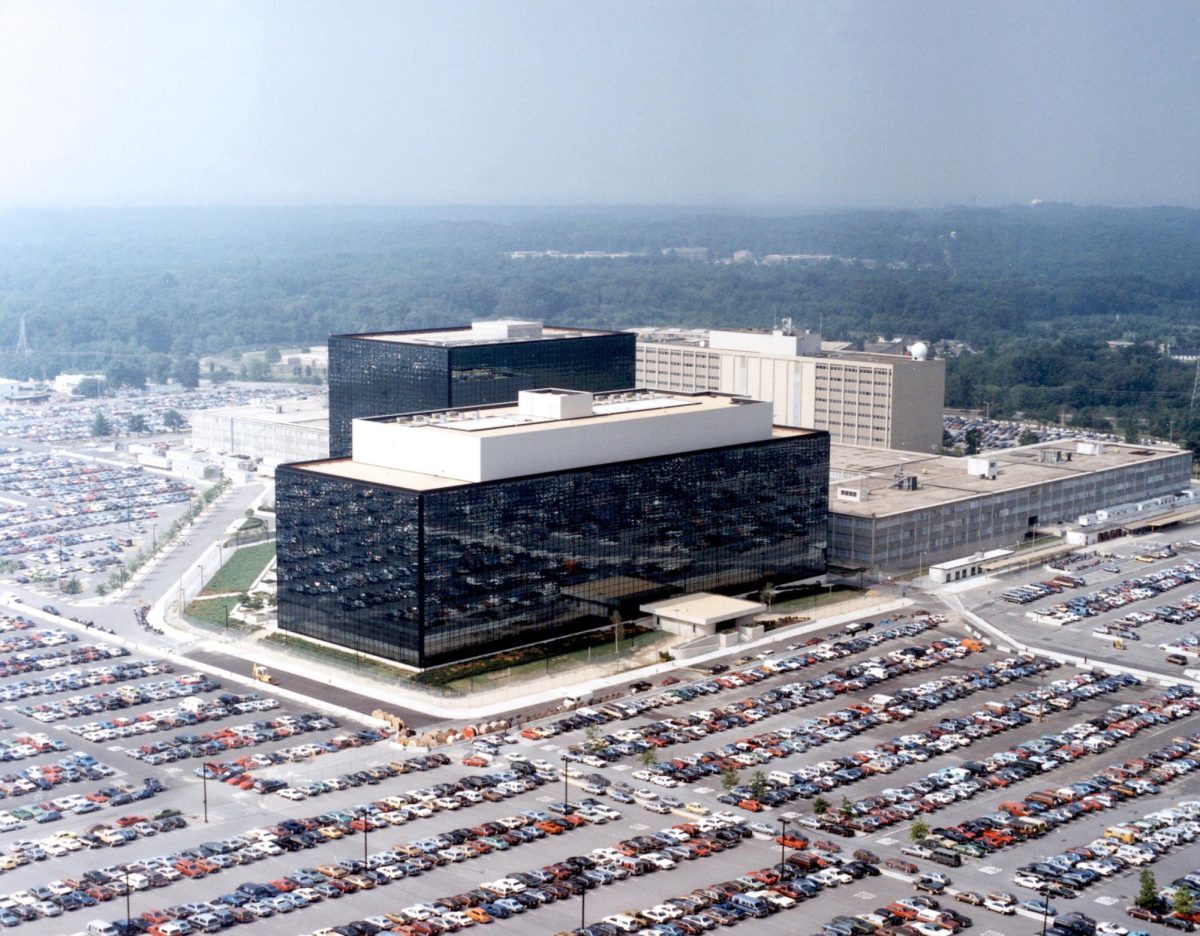I hate Risk.
Confession time: I’m not a very good Risk player. Risk, a board game about global conquest, was a popular activity at some of the summer camps I went to as a kid. And I was terrible at it. Not only were my dice rolls always garbage, but nobody wanted to ally with me because I’d always betray them. As a 10-year-old, I concluded that my scheming was simply too much for the other players to handle and they became distrustful of my gameplay because they couldn’t keep up with my increasingly complex intentions. Risk disincentivized my raw genius, my meticulous planning and outplays in favor of what amounted to gambling. Thinking back on it, I was just salty about being unlucky.
Risk was supposed to be nothing but another distant memory of my childhood. But recently, I found myself late at night thinking that it had profound potential to legitimately reward strategic play and the raw talent my 10-year-old self possessed.
For example, why are the waters non-playable areas? This game was released in 1957 and boats definitely existed by that point. So what’s up with locking players onto land? It would be so great to have naval battles in Risk, which would force players into harder decisions about land versus water troop allocation. And what of espionage? Wouldn’t it be a great mechanic if spying could increase your dice roll by one or two to give you a slight edge? Could we add nukes? Supply line mechanics? Geography and topographies?
The point is, conflicts are far more expansive, complicated and multi-faceted than Risk ever made it out to be. I’ve learned that much in the seven years since I stopped playing Risk. And that trend hasn’t changed in the nearly 65 years since its creation. In fact, they’ve gotten much more complex as new military technologies develop – a.k.a., as people have found new ways to kill each other.
I’ve been keeping up with the geopolitical realm, even if it’s just looking at headlines every once in a while. So I’m obviously prepared to explain everything there is to know about war. And if there were two military technologies to be afraid of right now it’s 1) drones and 2) hypersonic missiles. Drones answered the question, “How do I kill other people from my desk?” Imagine your commercial drones, with their harmless propellers and clunky controls, but instead they’re built like a fighter jet and shoot missiles. Drones, or unmanned aerial vehicles, have gotten so widespread and threatening that a whole branch of ethics is devoted to this kind of combat. But scarier than drones are hypersonic missiles, which is what I’m going to be talking about in this article.
Another fragment of my childhood I’ve been pondering about lately is the Fallout series, a franchise of games about surviving in a world after a nuclear fallout. Admittedly, I never played any of these games. But I was very intrigued by the incredible Vault stories that games like “Fallout: New Vegas” contained. These Vault stories depict human societies in a post-apocalyptic nuclear fallout world with incredible attention to detail.
Fallout imagined in depth a world where nukes nearly wiped us out. And in many instances, we were a click of a button away from living in a world of Fallout. In many ways, we are still just a click of a button away from nuclear disaster. So in the 75 years since Hiroshima and Nagasaki, how have we avoided catastrophe?
I would say there are two primary reasons, although there are a lot more: 1) mutually assured destruction and 2) good treaties, m.A.A.d governments (my annual attempt at a Kendrick reference).
If two countries have equally destructive nukes, then there is a disincentive for either of them to use them. That is, if one country decides to nuke the other, then they can be sure the other country will retaliate with their own nuke, leading to mass devastation of both countries and neither side gaining anything. This is the principle behind mutually assured destruction (MAD): that because all nuclear powers are afraid of retaliation, nuclear powers are deterred from ever launching a nuke.
Pretty much all nuke-owning countries honor this fragile tradition, having no-first use policies. Most countries have nukes only to deter other nukes from landing on their soil. And to add on top of no-first-strike policies, there are a ton of other nuclear arms control treaties just to make sure we don’t press the big red button and go kaboom.
Even with all these international agreements, some governments go rogue and create these weapons of mass destruction sometimes just for funsies or more often for leverage in conflicts. North Korea, for example, likes to flex their nuclear arsenal to give the American government a little jolt every once in a while. India and Pakistan, who really hate each other, both have nuclear capabilities and like to remind each other of that fact. We’re also still disputing the deal for Iran to reduce their nuclear stockpile, all while Saudi Arabia is threatening to get their own if the Iranians refuse to back down. Thankfully, no country is dumb enough to actually use their nuclear weapons, risking their own population to the retaliation of other nuclear powers in the process. But it’s quite scary to think the only thing between our status quo and the world of “Fallout: New Vegas” is a firm handshake, a few signatures and “just trust me.” Rogue governments are kept in check with careful diplomacy and a whole lot of third-party interference, but still it’s difficult to fathom the flimsy barriers to nuclear war.
The talk of nukes, although an important one, may have already become stale and repetitive. Nuclear war has increasingly waned in probability through the years, which is why you hardly hear people fearmonger about it anymore. The globe discontinued the proliferation of nuclear weapons since the end of the Cold War. But in the ashes of the nuke, military companies and governments have just found other ways to be destructive (i.e. drones). This is why the chatter around hypersonic missiles is much louder and much more important. Because since the proliferation of nukes during the Cold War, hardly anything has disturbed the peace we’ve had when it comes to mutually assured destruction. And treaties upon treaties since then have reinforced the fragile theory behind mutually assured destruction. But the introduction of the hypersonic missile throws a wrench into all of that, making global leaders wonder if their country and their people are safe from the world’s superpowers.
Mutually assured destruction relies on this idea that two countries can go toe-to-toe with each other in a nuclear war and that both countries, knowing the playing field is even, don’t even try to start a devastating conflict between each other realizing that they’ll both end up losing in the end. But if one country is clearly at an advantage, well, they have no reason to abide by mutually assured destruction, since they know they can strike without much cost to their own country. Nations with incredibly strong military capabilities can exert their dominance just through sheer threat alone. All they have to do is flex their power and weaker nations are forced to make a difficult, although straightforward decision between compliance or war.
Hypersonic missiles are the new badges of power. They are the biggest flex a military can have. Having a working hypersonic missile is like bringing a gun to a knife fight. Countries around the world are scrambling to get one to make sure they can boast their new toys to other governments in hopes of deterring them. The U.S. is no exception. But why? What makes hypersonics the most sought after military technology in the world?
The answer is in the name, “hypersonic.” “Hyper-” meaning “over” and “sonic” referring to the speed of sound. Yes, these are missiles that travel several times over the speed of sound. And why is that a problem? Because their speed alongside their trajectory make them untargetable by missile defense systems. Classic payload delivery systems, like inter-continental ballistic missiles (ICBMs) travel in a nice parabolic shape in the atmosphere and do it relatively slowly. Hypersonic missiles, on the other hand, travel much lower and in a path tangential to the curvature of the Earth at a mile per second.
Because modern missile defense systems can’t detect when a hypersonic missile is coming at them, hypersonics have the ability to strike with devastating speed and destructiveness without a government even having the chance to respond. Unequal distributions of hypersonics completely shatter any notion of mutually assured destruction, because it depends so heavily on this idea of avoiding retaliation. In the hypersonic era, swift retaliation is much, much harder because the missiles are undetectable and once you get news that a hypersonic has landed on your turf, it’s already too late. Even worse, hypersonics can carry nuclear payloads, amplifying their sheer destructive power by who knows how much.
And thus, the current race to build a functioning hypersonic missile system and more importantly, a hypersonic missile defense system. No one country wants to be left behind or exerted dominance over, so every country is pouring resources into making these missiles for themselves and their allies. The U.S. is on the frontlines, as mentioned before. But following and/or even pulling ahead of the Americans in this dash are the Chinese, the Russians, as well as the Australians, Indians, French, Germans and Japanese.
So just how scared should we be of hypersonics?
Take a sigh of relief, because hypersonics aren’t as scary as they’re made out to be. But also be wary that hypersonics haven’t reached their full potential as weapons and can become real threats in the future.
As of now, hypersonics aren’t particularly destructive. While they could be equipped with nuclear warheads as payloads in theory, there isn’t a hypersonic missile in the world that can do that in practice. Hypersonics are certainly dangerous, don’t get me wrong, but they’re just not that dangerous. Mutually assured destruction is preserved, for now. Deterrence is still upheld because first-strike advantages are still mitigated to a high degree, even with hypersonics travelling at the speed they do.
But the utility of hypersonics is constantly evolving. For example, global leaders are worried that hypersonics have the ability to become assassination tools, striking government buildings with government leaders inside without warning. Alongside that, of course, are nuclear warheads on hypersonics, which have increasingly put commentators on edge.
The answer is: we’re safe, for now.
I know what you’re thinking, “seems a bit ambiguous and ominous, Allen. Why so nervous?” Accompanying weapons of mass destruction and especially hypersonics with nukes is a certain cognitive dissonance within myself and probably many others. On one hand, we are far removed from nuclear catastrophe. I know that, or I’d like to think that it’s true. Extinction of the human race is limited to silly debates and late night thoughts. But on the other hand, the Cuban missile crisis happened and the Damascus accident happened. We are less safe than we think. Just because we won’t fall into nuclear disaster doesn’t mean we can’t and that’s enough to run a chill down my spine.
What humanity has created with nukes is something infinitely harder to control. Such is demonstrated by the world of Fallout, a world that succumbed to the demise of mutually assured destruction. As weapons of mass destruction acquire newfound power, we inch just a little bit closer to chaos. Not enough to change our daily lives, but enough to matter. Enough to grab attention of our top scholars and leaders.
And certainly, if Risk taught me anything, it was that meticulous planning all can fall away at the roll of a dice. We’ve thought over every nuclear scenario seemingly possible. The world’s greatest minds have simulated all 14,000,605 futures and have given us the correct paths toward peace. But all it takes is an unlucky roll to crumble those efforts. Thankfully, we need to be really, really, really unlucky to get to that point.
Over the past 75 years since Hiroshima and Nagasaki, humanity has become incredibly good at this game of risk. It’s both astonishing and relieving that we’ve made it this far. I’d like to say that we deserve a pat on the back for making it this far, but honestly the other option was nuclear disaster so what else could we do? Still, I’ll give my applause because I definitely could never fathom being that good at risk.
In conclusion, I hate politics.















